Circa Infinity is a puzzle platformer from Kenny Sun and published by Red Deer Games. Originally released on PC in 2015, it is now available on the Nintendo Switch. The concept is pretty straightforward; you make your way towards the center of the circle, avoiding enemies until you reach the exit. However, while it looks simple, both graphically and functionally, it is far from easy. The game is frustratingly hard and hurts your brain.
There is no narrative to Circa Infinity. Not that a game needs a story to be good. Games like Pacman or Galga, two of my favorite arcade games, don’t have any narrative. And this is why I consider Circa Infinity more in line with an arcade game. Instead of a high score, you are racing against the clock to see how quickly you can make it through the level. The game also tracks the number of deaths you accumulate and displays it after you complete your run. Having no leaderboard seems to be a missed opportunity and would certainly encourage replays. After I beat a level, I didn’t want to repeat that experience just to see if I could beat my score or lessen the number of deaths. I was just happy to make it through to the finish.
Your goal is to reach the center layers of circles. When you’re on the outside, you move towards a slice of pie, which allows you to slip into the inside of the ring. Then, inside the circle, you jump to reach the next level. And all the while, you are trying to avoid enemies in your path. There are five worlds and ten sublevels per world. The first sublevel is straightforward and teaches you the new mechanics introduced in that world. As you go deeper into the circles, the puzzle becomes increasingly more difficult, to the point where there is little room for error. If you hit an enemy, you’re sent back to the previous layer. There are points with no enemies on the circle, which allows you to have a breather, collect yourself, and plot your next move. Most of the game is piecing together the enemy patterns and figuring out what the designer wants you to do to solve the puzzle. Sometimes this is through trial and error, which tends to rack up the number of deaths.
If the point were just to figure out the pattern, that would be fine. The added difficulty is that depending on where you are in the circle, moving left on the analog stick will make you move right and vice versa. This is where most of my frustration came into play; I would figure out the pattern, only to be sent back to the previous layer because my mind couldn’t wrap around which way the character was moving. Not only is this frustrating, but my mind also hurt from trying to figure out the movement. It’s like riding a bike but inverting the handlebars. And this is my biggest gripe; playing a game is supposed to be fun, and I didn’t have much fun with my runs through the game. If I wasn’t reviewing the game, I would have quit after encountering one of these mind-breaking elements. I dreaded each of my runs, as they hurt my brain that much.
It wasn’t just the movement that hurt. As you move deeper into the level, you zoom in deeper and deeper into the circle, which gives this sense of infinity. I understand the design, but the flashing lights and constant spinning made me feel sick instead of the intended mesmerizing hypnotic effect. Anyone that gets motion sick or has an issue with flashing lights may have issues playing this game.
One feature I like is the boss battles at the end of each world. Yes, the boss battles are difficult, but I appreciate the break from what felt like a constant grind to get to the center of the level. The music in the game is phenomenal and is another reason for the arcade feel. Graphically, the presentation is simple, but some of the animations are creative, specifically when you move from the outside to the inside of the ring.
Review: Circa Infinity (Nintendo Switch)
Average
I respect the idea that Circa Infinity is going for; a unique puzzle arcade game that will attract speedrunners and those looking for a challenge. If you enjoy punishing titles and can handle motion sickness, then this release may be for you. However, a game’s supposed to be fun. With the brain-breaking movement scheme, flashing lights, and constant moving images, I felt sick playing it.

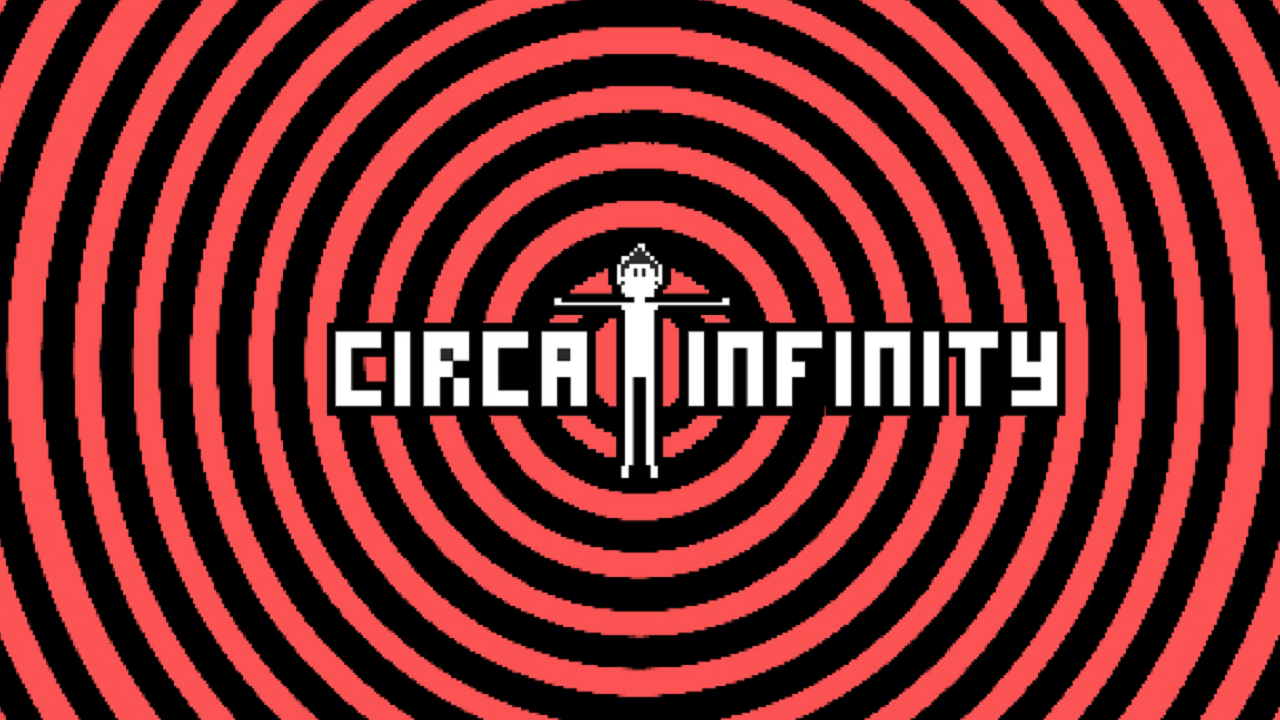

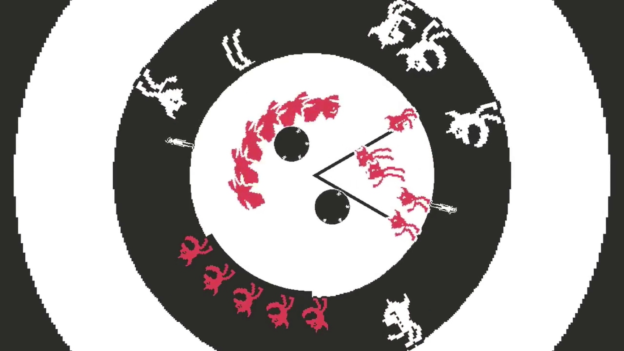
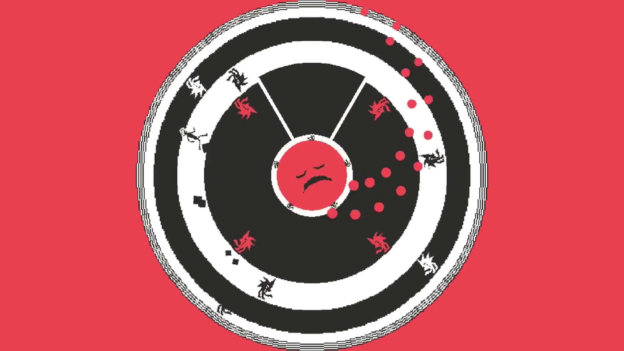
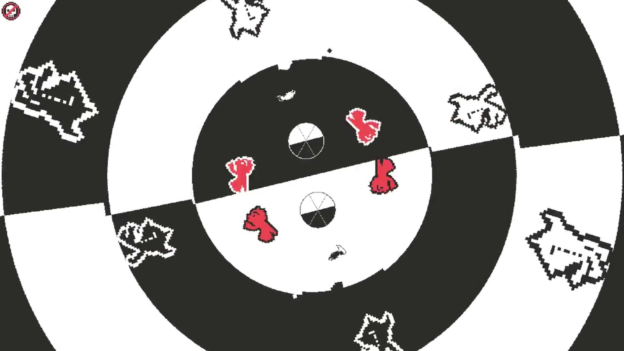
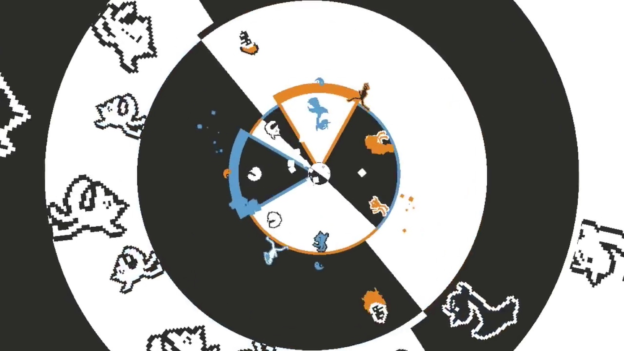


November 19, 2021
[…] Source link : Purenintendo […]